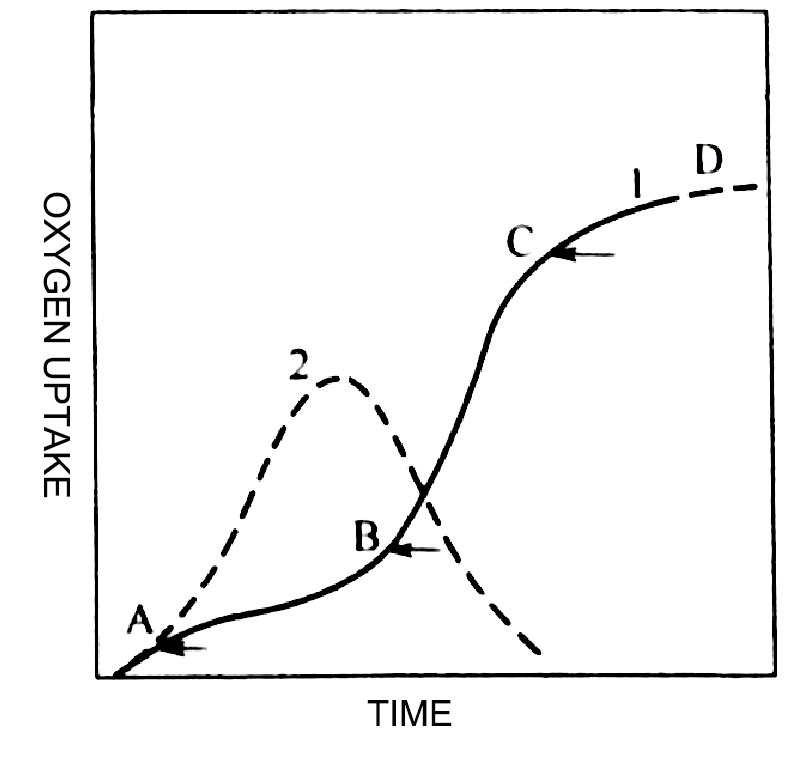Rubber Grommets Xidation Kinetics Curve
The graph on the right is a typical oxidation kinetics curve of unsaturated carbon chain rubber. The ordinate is oxygen absorption, the abscissa is oxidation time, and the curve is S-shaped. There are three distinct stages in the whole curve.
The AB segment indicates that the oxygen uptake is small at the initial stage of oxidation, and the oxygen absorption rate is basically constant. At this stage, although the rubber properties have decreased but are not significant, it is the life of the rubber. The time corresponding to the AB segment is called the oxidation induction period, and it is obvious that the longer the induction period, the better.
The BC section is an autocatalytic oxidation stage. The rate of oxygen uptake increases sharply, several orders of magnitude larger than the AB segment. This phenomenon indicates that the oxidation reaction is characterized by autocatalysis. From the hydrogen peroxide accumulation curve in the figure, the autocatalytic oxidation phase is the stage where the cumulative amount of hydrogen peroxide reaches a maximum, and it is apparent that hydrogen peroxide causes autocatalysis of oxidation. In the late stage of the BC section, the rubber has been deeply oxidized and deteriorated, losing its use value.

Rubber Grommets Xidation Kinetics Curve
The CD segment is the end phase of the oxidation reaction. The oxygen absorption rate first becomes slower and then tends to a constant velocity and finally falls to zero, and the oxidation reaction ends.
The free radical chain reaction mechanism of the oxidation reaction of rubber grommets is based on the oxidation of simulated compounds of rubber and other high polymers. The whole reaction is divided into three stages: initiation, transfer and termination.